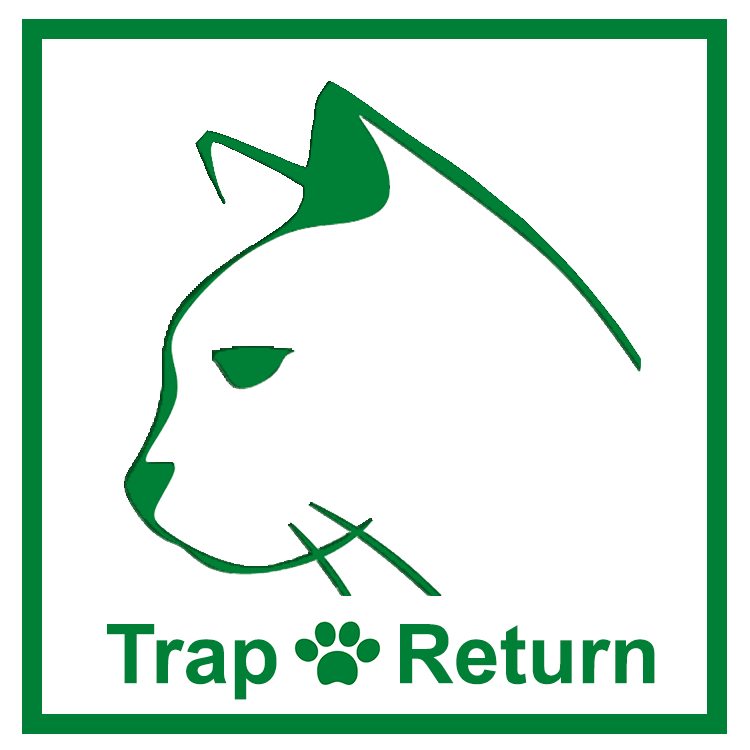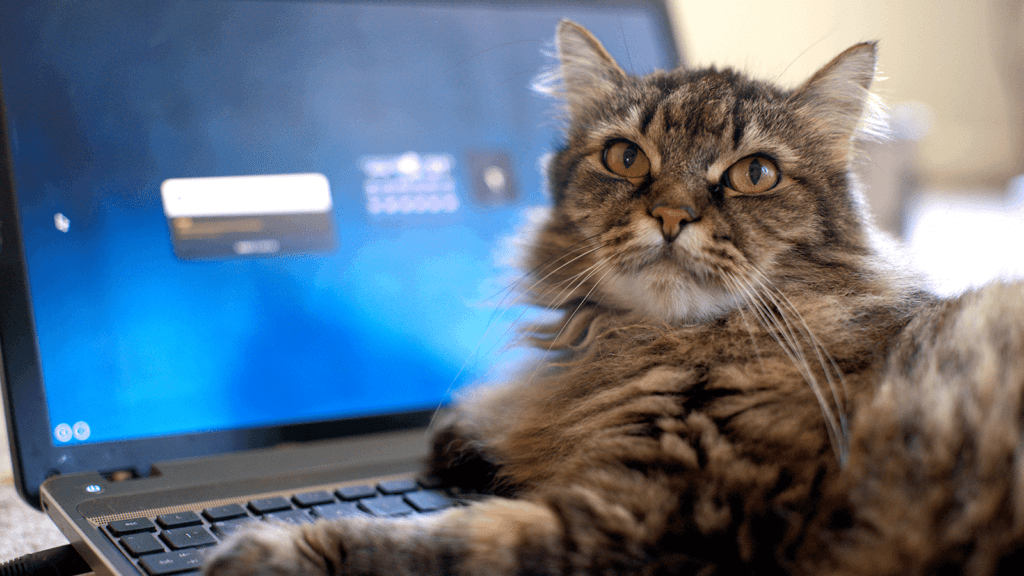How Cat Cafes Work
How Cat Cafes Work Cat cafes have become increasingly popular in recent years, offering a unique experience for cat lovers and providing a home-like environment for adoptable cats. These establishments often partner with local rescue organizations to help find homes for their feline residents. This section will explore how cat cafes work together with rescues to benefit both the cats and the community. Key Takeaways: Understanding the Cat Cafe Concept A cat café is a combination of a coffee shop and an adoption center, where patrons can enjoy a cup of coffee or a sweet treat while spending time with resident kitties. These establishments create a calming and comfortable environment for the cats, allowing them to roam freely and interact with visitors. The primary purpose of a cat cafe or a cat lounge is to provide a stress-free space for potential adopters to meet and connect with the cats, increasing their chances of finding forever homes. This is also a great way for animal shelters to reach new potential adopters in the community. Additionally, many people aren’t able to own cats for a variety of reasons, from living in small apartments that don’t allow pets to have roommates or family that are allergic to cats. Many people who visit cat cafes would love to own cats but aren’t able to. Most cat cafes require a cover charge or entry fee, which helps fund the food, litter, and expensive veterinary care these rescue cats require. While not all cat cafes are nonprofits, most of the animal shelters are. There are a variety of cat cafe themes. Some offer a wine bar, and many offer unique cat-themed events like cat yoga, cat bingo, or cat trivia. You can sip coffee or enjoy a cocktail and treats while you meet beautiful kitty cats. What Is a Cat Cafe? A cat cafe is a unique concept that originated in Taiwan in 1998 and gained popularity worldwide, particularly in Japan. The first cat cafe combined the relaxing atmosphere of a coffee shop with the opportunity to interact with adorable feline companions. Cat lovers can enjoy a cup of coffee or tea while surrounded by friendly cats who are available for adoption. “Cat cafes provide a sanctuary for both cats and cat lovers. They offer a temporary home for adoptable cats, allowing them to socialize and find loving families, while providing a serene environment for visitors to unwind and connect with these amazing creatures.” – Sarah Johnson, Cat Cafe Enthusiast Cat cafes often collaborate with local rescue organizations to source their resident cats. The cats are carefully selected and screened for temperament and sociability to ensure they are suitable for the cafe environment. Once in the cat cafe, the cats have the freedom to interact with visitors, who can pet and play with them and even adopt them if they find a special bond. Visiting a cat cafe is not only a delightful experience for cat lovers but also provides vital support to animal rescue efforts. By enjoying a cup of coffee or other food and drink in these establishments, visitors contribute to the care, feeding, and veterinary expenses of the resident cats, allowing the cat cafe to continue its mission of finding loving homes for them. The Rise of Cat Cafes Around the World Cat cafes have been on the rise worldwide, with an increasing number of these unique establishments popping up in different countries. The first cat café originated in Taiwan in 1998 and gained significant popularity and quickly spread to Japan, where the first Japanese cat cafe opened its doors in 2005. Since then, the concept of cat cafes has become a global phenomenon, expanding to countries such as the United States, the United Kingdom, Australia, South Korea, and Canada. So, what has contributed to the growing popularity of cat cafes around the world? One factor is the increasing number of people who consider themselves cat lovers and desire the opportunity to spend time in the company of these furry friends. As of 2022, 30% of US households own cats. Cat cafes provide a relaxed environment for both rescue cats and the 70% of people who might not be able to own cats. Furthermore, cat cafes offer a unique setting for potential cat owners to meet adoptable cats. These establishments collaborate with local rescue organizations to provide a temporary home for cats in need of adoption. The home-style environment allows cats to showcase their personalities and charm potential adopters more naturally and comfortably, increasing the likelihood of successful adoptions. The rise of cat cafes around the world is also driven by the increasing awareness of the benefits of pet companionship and the importance of animal welfare. Cat cafes serve as platforms to raise awareness about rescue organizations and the incredible work they do to save and rehome cats. By showcasing adoptable cats and providing information on responsible pet ownership, cat cafes play a significant role in promoting cat adoption and the overall well-being of felines. There are over 200 cat cafes and lounges in the United States. Country Number of Cat Cafes United States 200+ Japan 150+ United Kingdom 70+ Australia 40+ Canada 30+ As the popularity of cat cafes continues to grow, more and more countries are embracing this innovative concept. Cat lovers and those interested in cat adoption can now find these delightful establishments in various corners of the globe, creating opportunities for meaningful interactions with cats and supporting the mission of rescue organizations. Cat Cafes and Rescues: A Symbiotic Relationship Cat cafes and rescue organizations have formed a mutually beneficial relationship. These unique establishments serve as temporary homes for adoptable cats, creating a stress-free environment where cats can interact with potential adopters. These comfortable and natural interactions significantly increase the chances of finding permanent homes for these cats, as they allow adopters to develop a personal connection with the feline residents. Adoptable Cats at Cat Cafes One of the main attractions of cat cafes is the opportunity to meet
How Cat Cafes Work Read More »









